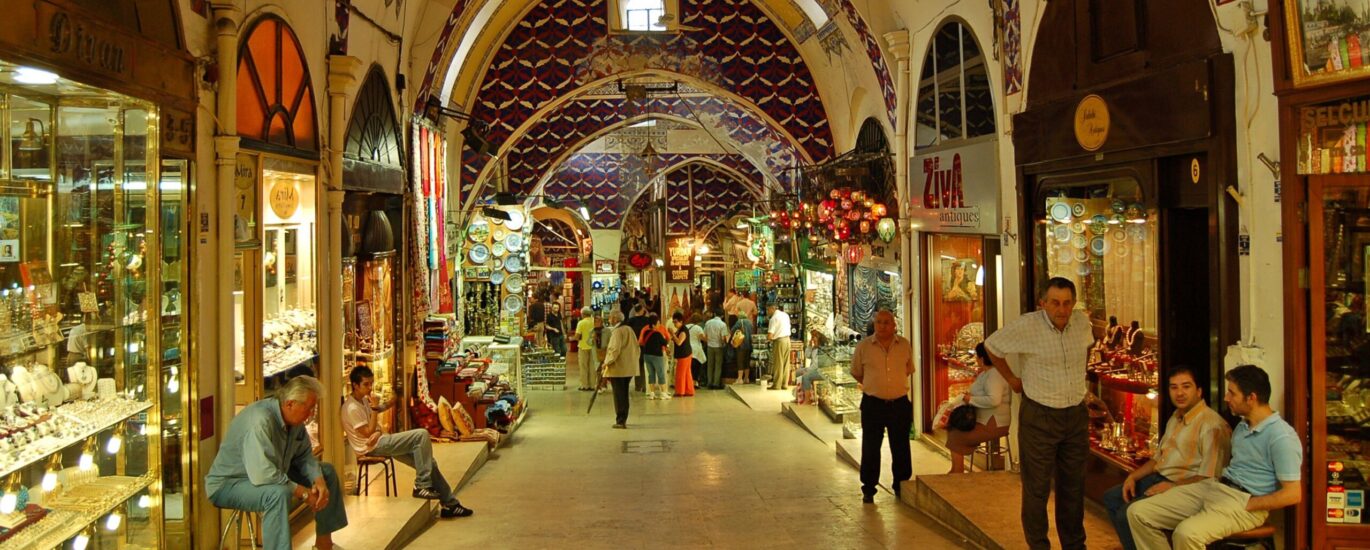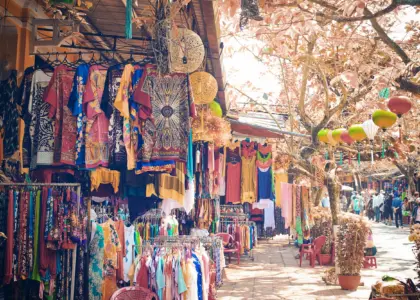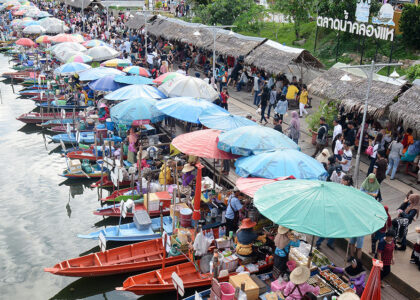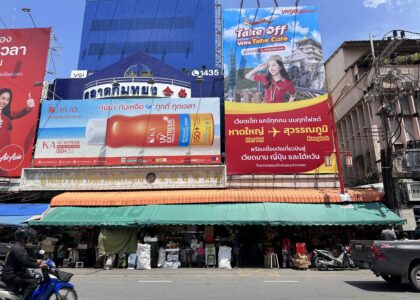The Grand Bazaar (Kapalıçarşı) in Istanbul is one of the largest and oldest covered markets in the world, often considered one of the first true shopping malls. Its core construction began in 1461 under Sultan Mehmed II, shortly after the Ottoman conquest of Constantinople, to stimulate the city’s economy and generate revenue for the Hagia Sophia.
Over centuries, it expanded significantly, evolving from two initial stone buildings (bedestens) into a sprawling labyrinth containing over 4,000 shops spread across 61 covered streets and numerous alleys. It was once the central hub of Mediterranean trade, connecting Asia and Europe.
Today, the Bazaar remains incredibly vibrant, attracting millions of visitors annually. Visitors can find an astonishing variety of goods, traditionally grouped by trade. Popular items include jewelry (gold and silver), intricate carpets and kilims, colorful Turkish lamps, traditional ceramics, leather goods, and textiles like scarves and towels. Shoppers are expected to engage in haggling to secure the best price. Despite enduring numerous fires and earthquakes throughout its history, the Grand Bazaar endures as a dazzling symbol of Turkish craftsmanship and commerce.






